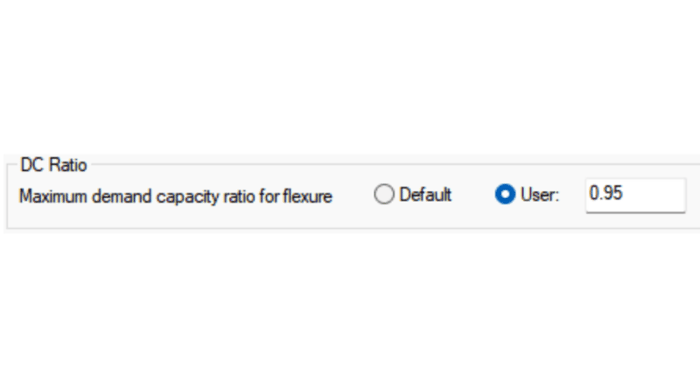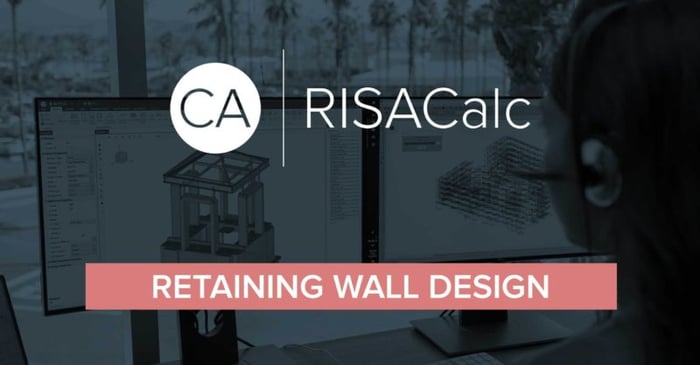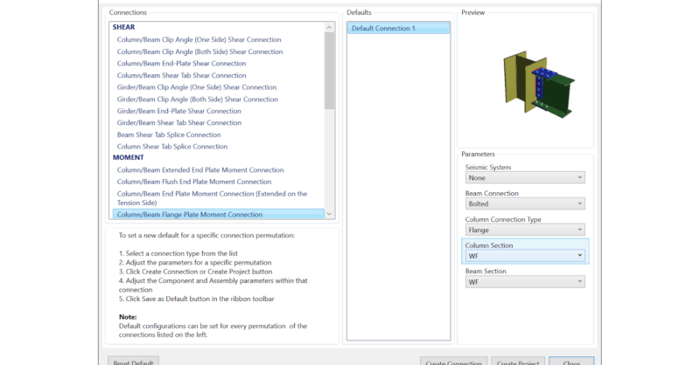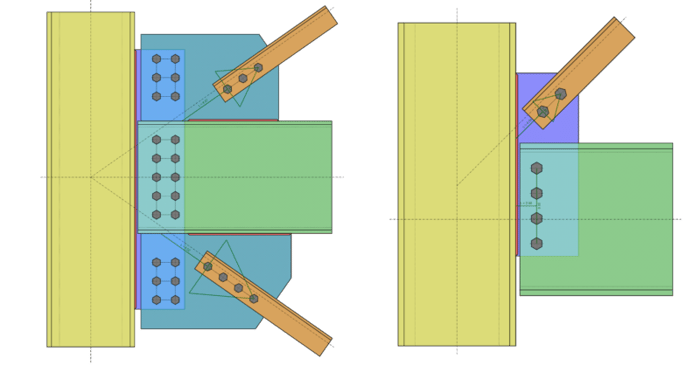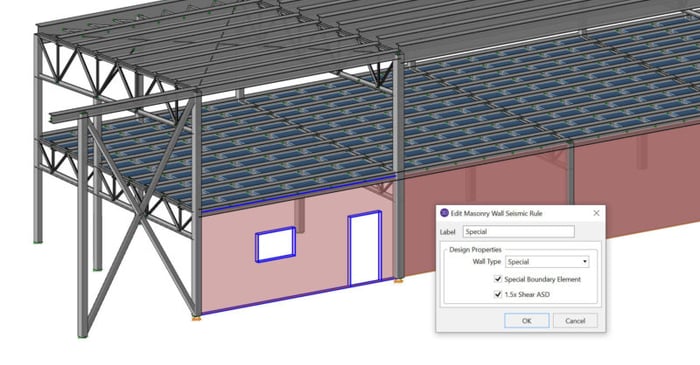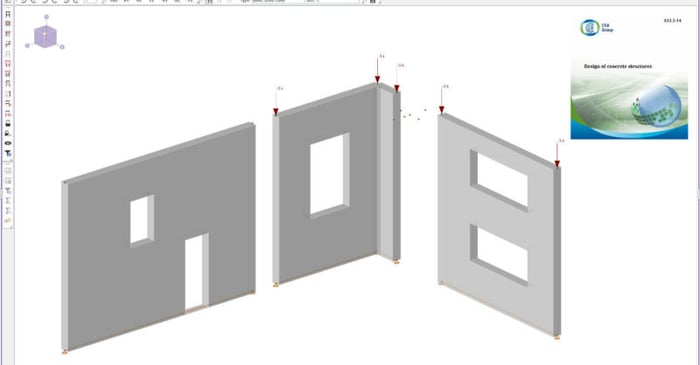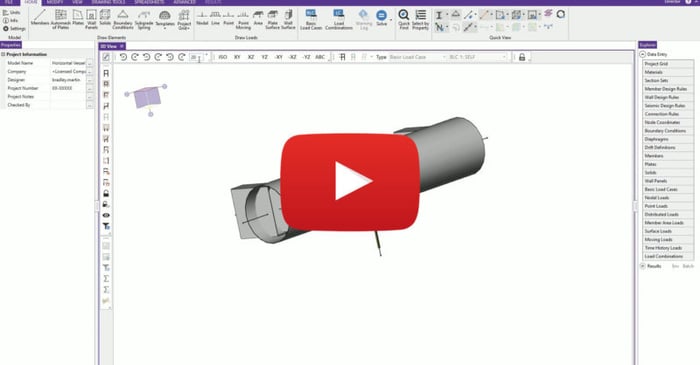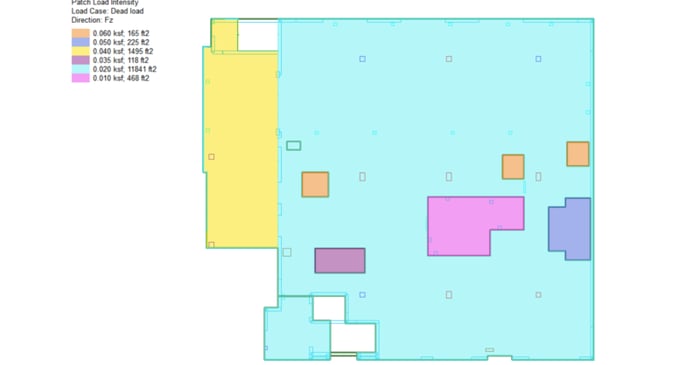
May 24, 2022
Ability to Colorize Loads in ADAPT-Builder
In ADAPT-Builder v21.0.1 the Colorize Grid has been improved to allow for the coloring of loads. You can colorize point loads, line loads, and area loads. For area loads the colorize grid offers a load intensity map to show the total applied load in a given area per load case. For point loads the...




